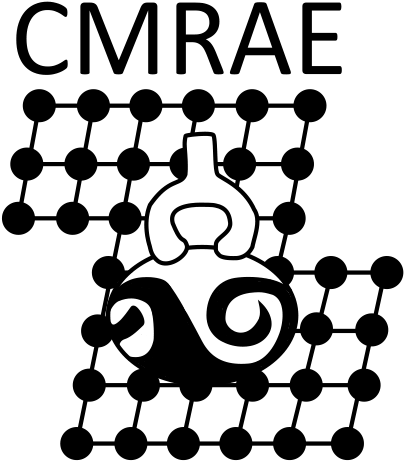
Tufts University
Department of Earth and Climate Sciences
Medford, MA 02155
jack.ridge@tufts.edu (617) 627-3494
Profile
John J. Ridge research interests lie in the construction of the last deglaciation in the northeastern U.S., primarily as indicated by the annual layering (varves) of sediments from glacial lakes.
The main goal of his research is to assemble high-precision (annual) records of terrestrial glacial events in the northeastern U.S. that can be compared to regional and global records of climate. This comparison can be used to test a number of hypotheses regarding the mechanisms for rapid climate change events at the end of the last glaciation and the interactions of terrestrial ice sheets, the ocean, and the atmosphere in the North Atlantic region as they relate to ice climate. Thus far carve record has been correlated to climatic events and used to test the rates and timing of glacial readvances and ice recession.
In addition to Ridge’s research interest is the geology of the Middlesex Fells Reservation, the largest forest preserves in an urban area in the U.S. He has produced two geologic maps of the Fells, one is a surficial geologic map that shows mostly glacial deposits as well as glacial striations and large glacially transported boulders, and on the second map, he showed the bedrock geology of the Fell, mapped at a very large scale (1:4600).
Selected Publications
S. Stanford, B. Stone, J. Ridge, R. Pardi, G. Reimer (2021). Chronology of Laurentide glaciation in New Jersey and the New York City area, United States. Quaternary Research 99: 142-167.
J. Ridge, A. Fabijanska, A. Feder (2020). DeepVarveNet: Automatic detection of glacial valves with deep neural networks. Computer & Geosciences 144: 104-584.
W. Thompson, C. Dorion, J. Ridge, G. Balco, B. Fowler, K. Svendsen (2017). Deglaciation and late-glacial climate change in the White Mountains, New Hampshire USA. Quaternary Research 87 (1): 96-120.
D. Peck, B. Rosenheim, J. Ridge (2017). Tapping the deglacial secrets of Lake Oneida sediments: Establishing a connection between radiocarbon and paleomagnetic in Fish Creek sediments. AGU Fall Meeting Abstracts.
D. Franzi, J. Ridge, D. Pair, D. Desimone, J. Rayburn, D. Barclay (2016). Post-Valley heads deglaciation of the Adirondack mountains and adjacent lowlands. Adirondack Journal of Environmental Studies 21(1): 11.
J. Ridge, G. Balco, R. Bayless, C. Beck, L. Carter, J. Dean, E. Voytek, J. Wei (2012). The new North American Varve Chronology: A precise record of southeastern Laurentide Ice Sheet deglaciation and climate, 18.2- 12.5 kyr BP, and Correlation with Greenland ice. American Journal of Science 312(7): 685-722.

